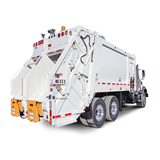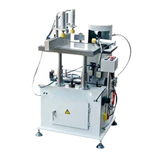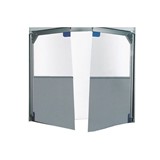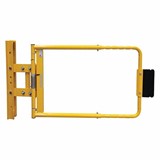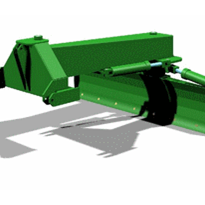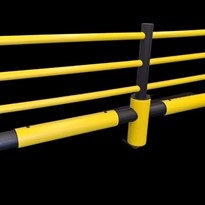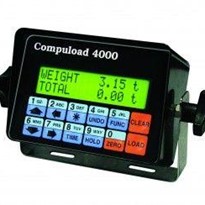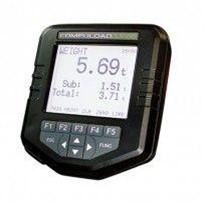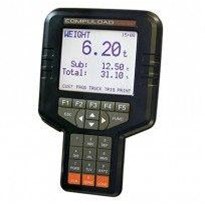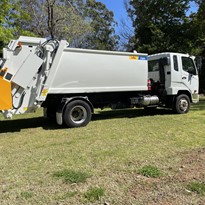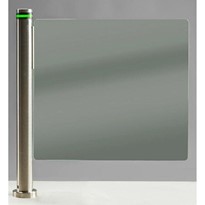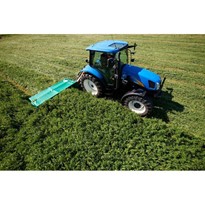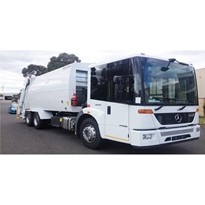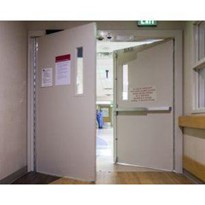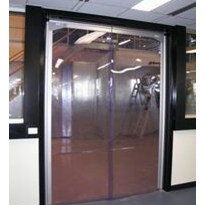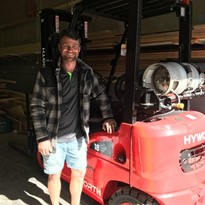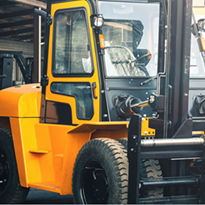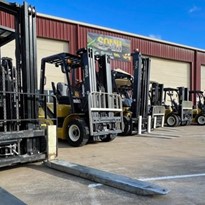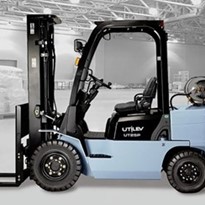Forklift trucks steer from the rear axle and pivot on the front wheels, the rear end (counterweight) swinging wide when turning. Ensure that the rear end swings clear of materials, racks equipment and pedestrians when rounding corners or manoeuvring in aisle and tight places.
A competent driver actually starts to pick up or place a load many feet before he arrives at the exact destination. A forklifts rear steering wheels will turn at almost 90 degrees. This will increase tail swing, however it also means that the front wheels will pivot as you approach your load. For this reason it is common to keep your truck close to the inside of the turn and therefore allow for the tail swinging wide.
Turning Sharp Corners

Remember: Negotiate turns by keeping close to the inside corner and start to turn when drive wheels meet corner.
Turning across Narrow aisles

Remember: Use the front inside wheel when judging the point at which you are going to turn.
Be aware of tail end swing around pedestrians and racking. Always be conscious of where the rear of your machine is.
Drive slowly when turning and always be conscious of rear-end swing.
Rear end swing is dangerous to pedestrians as the tail of the forklift can swing very rapidly creating the potential to crush pedestrians.
For more information visit Adaptalift Hyster Forklifts









